Bill Wilson’s Experience with LSD
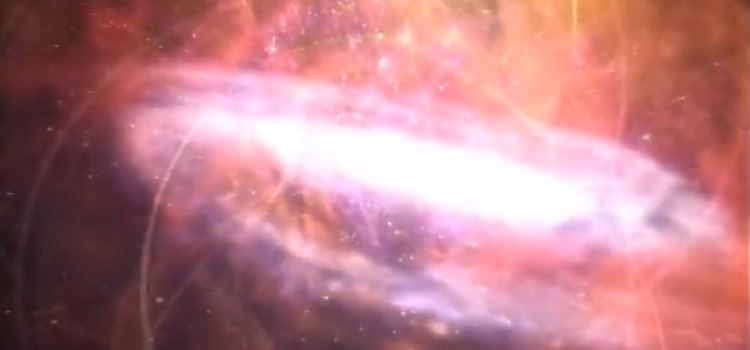
Fifty Chosen Articles:
Number Fifteen.
Originally posted in May 2015.
This is a popular article on AA Agnostica with, as of today, a total of 94,158 viewers.
A very well researched and written article.
By Thomas B.
In what has to be one of the strangest ironies I’ve ever experienced, I came across a post in a most unlikely place that served as the inspiration to write this article about Bill Wilson’s experience with LSD. It was on an ultra-fundamentalist, Christian blog, which was highly critical not only of AA in general, but of Bill Wilson in particular. On the blog, My Word Like Fire, author unknown, I found this reference to one of Bill’s LSD sessions with Betty Eisner: Betty the LSD researcher and AA co-founder Bill Wilson. Betty was an associate of Dr. Sidney Cohen, who participated in at least two of the LSD sessions Bill experienced in the late 1950s at the Veterans Administration hospital in Los Angeles.
In an entry on “A Narrative Timeline for AA History”, found on Silkworth.net and dated August 29, 1956, we learn that “Bill W. joined with Aldous Huxley and took LSD in CA under the guidance of Gerald Heard and Sidney Cohen.”
Ernie Kurtz describes this first instance of Bill using LSD on the first page of an 1989 article, Drugs and the Spiritual: Bill Takes LSD, published by Lear magazine, which is archived on William White’s website:
His “doors of perception” cleared, colors glowed more intensely, the voice of Dr. Cohen reverberated with new resonance, all motion flowed with languorous beauty, and above all, he comprehended “the essential All-Rightness” of the universe… the reconciliation of opposites.
By the mid-1950s, when he was writing AA Comes of Age, Bill was acutely aware that there were many people unable to experience a spiritual experience – or psychic change as described in Appendix II of the Big Book – sufficient to bring about recovery from alcoholism. Consequently, he was constantly searching for effective ways to reach those suffering alcoholics who did not respond to AA’s program as prescribed in the Big Book. As Ernie Kurtz, notes on page 4 of the Lear article:
In a very real sense, the story of Bill’s sobriety details the turning of his thirst for alcohol into a thirst for alcoholics… But Bill also learned, in those first twenty years, that the main obstacle to drunks “getting” AA was “spiritual”.
Friendships with Gerald Heard and Aldous Huxley
Starting in the mid-1940s, Bill developed a deep and long-lasting friendship, mostly through correspondence, with the eccentric Anglo-Irish writer, philosopher and mystic, Gerald Heard, who became one of Bill’s foremost spiritual mentors throughout his life. Bill and Heard both suffered from debilitating depressions and helped each other via their correspondence. Heard introduced Bill to his close friend, Aldous Huxley, author of Doors of Perception, which described his psychedelic experience with mescaline, the psychoactive alkaloid from peyote.
Through his friendships with Heard and Huxley, Bill became aware of the research conducted by two Canadian doctors, Abram Hoffer and Humphrey Osmond, who were using psychedelics – a term coined by Osmond – to treat alcoholics and schizophrenics. Their research was part of an extensive range and large number of psychedelic studies in the 20-year period from 1953 to 1973, which is summarized in a recent New Yorker article The Trip Treatment.
However, after the turbulent 60s, dominated by the youth counterculture, Richard Nixon curtailed all federal funding for research and placed psychedelics on Schedule 1 of the Controlled Substances Act. As the New Yorker article noted, “Research soon came to a halt, and what had been learned was all but erased from the field of psychiatry”.
Initially, Bill was not at all enthusiastic about experimenting with drugs to help alcoholics achieve a “spiritual awakening” breakthrough. However, as he learned about the positive results Hoffer and Osmond were getting with alcoholics in Canada, his curiosity and interest increased.
Bill’s First Trip
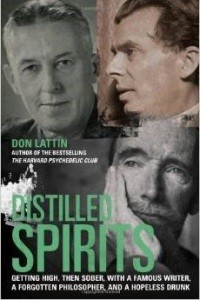 Under the supervision of Dr. Sidney Cohen with Gerald Heard, a trusted spiritual mentor, as his guide, Bill had his first experience with LSD August 29, 1956. In a fascinating book by Don Lattin, Distilled Spirits: Getting High, Then Sober, With A Famous Writer, A Forgotten Philosopher, and A Hopeless Drunk, on pages 192-3, Lattin imagines what the mystic Heard, who believed that LSD was God’s gift to humanity to prevent Armageddon, may have said to Bill before the session:
Under the supervision of Dr. Sidney Cohen with Gerald Heard, a trusted spiritual mentor, as his guide, Bill had his first experience with LSD August 29, 1956. In a fascinating book by Don Lattin, Distilled Spirits: Getting High, Then Sober, With A Famous Writer, A Forgotten Philosopher, and A Hopeless Drunk, on pages 192-3, Lattin imagines what the mystic Heard, who believed that LSD was God’s gift to humanity to prevent Armageddon, may have said to Bill before the session:
This should not be undertaken alone. You’ll have two people at your side who are intimately acquainted with LSD. We will not intrude on your experience, but neither will we leave you figuratively or literally in the dark. You’ll feel nothing for the first forty-five minutes or so. Then, as the first hour wears away, some subjects become convinced they are feeling odd… I don’t know any of our friends who have taken it who haven’t said this one thing: “Well, I never knew anything like that in my whole life.” First, there are the colors and the beauties and designs and the way things appear. But that’s just the beginning. At some point you notice that there aren’t these separations that we normally feel. We are not on some separate island — shouting across and trying to hear what the other is saying. Suddenly you know. You know empathy. It’s flowing underneath us. We are parts of a common continent that meet underneath the water. And with that comes such delight — the sober certainly of waking bliss.
On page 241 of Susan Cheever’s biography of Bill, she reports the notes that Heard took during Bill’s first LSD Session:
At 1:00 pm Bill reported “a feeling of peace.” At 2:31 pm he was even happier. “Tobacco is not necessary to me anymore,” he reported. At 3:15 pm he felt an “enormous enlargement” of everything around him. At 3:22 pm he asked for a cigarette. At 3:40 pm he said he thought people shouldn’t take themselves so damn seriously.
Though Bill’s depression lifted for awhile, it returned when he returned to New York. In a September 26, 1956 letter to Heard, which Lattin quotes on page 204, Wilson wrote:
On my return home, I fell into one of my fits of exhaustion, which bordered on the serious. I do not think that in any way my state is related to my experience in looking through “The Doors of Perception.” In spite of my temporary condition, I do feel a residue of assurance and a feeling of enhanced beauty that seems likely to stay with me.
Lattin highlights on page 193 another letter to Heard where Bill relates:
I am certain that the LSD experience has helped me very much. I find myself with a heightened color perception and an appreciation of beauty almost destroyed by my years of depression… The sensation that the partition between “here” and “there” has become very thin is constantly with me.
LSD Experiences with Betty Eisner and Tom Powers
Betty Eisner, PhD, was a research assistant for Dr. Sidney Cohen at the Los Angeles VA Medical Center during the 1950s, where Bill had two sessions with LSD.
In Remembrances of LSD Therapy Past, she writes about her career as a psychotherapist, utilizing LSD and other substances, in a 200-page PDF. She includes extensive correspondence with colleagues within this captivating memoir of her clinical work, first at the Los Angeles VA Medical Center and then in private practice with a group of other psychologists, who were engaged in psychedelic research funded by the US government.
She and her husband, Will, met and used LSD with Tom Powers, a sponsee of Bill’s, who helped write Twelve Steps and Twelve Traditions, and with whom she exchanged extensive correspondence for several years.
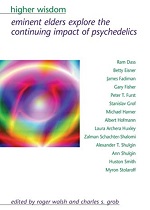 She describes in detail, on pages 25-28 of Remembrances, an LSD session Bill W. experienced on February 16, 1957, with Dr. Cohen, Tom Powers and Betty present. In an interview on page 94 provided to Roger Walsh and Charles Grob for their 2005 book, Higher Wisdom: Eminent Elders Explore the Continuing Impact of Psychedelics, which Don Lattin quotes on page 198 of Distilled Spirits, Betty relates the following in regards to Bill’s thinking before his LSD session:
She describes in detail, on pages 25-28 of Remembrances, an LSD session Bill W. experienced on February 16, 1957, with Dr. Cohen, Tom Powers and Betty present. In an interview on page 94 provided to Roger Walsh and Charles Grob for their 2005 book, Higher Wisdom: Eminent Elders Explore the Continuing Impact of Psychedelics, which Don Lattin quotes on page 198 of Distilled Spirits, Betty relates the following in regards to Bill’s thinking before his LSD session:
Alcoholics Anonymous was actually considering using LSD. Alcoholics get to a point in the program where they need a spiritual experience, but not all of them are able to have one. Tom Powers was Bill Wilson’s right-hand man in this. Tom had been through hell with alcoholism, so he brought Bill Wilson out to meet with us. Sid and I thought it might be a good idea to try a low dose together, but when I met Bill, I thought, “Uh-oh, this is going to be his therapy session.” And that’s one of the things it turned out to be. We each took twenty-five gamma, except for Bill. Sid offered him several pills, and Bill said, “Don’t ever do that to a drunk,” and took two. But the rest of us just took one.
During the session, Betty and Tom acted as co-therapists for Bill while Dr. Cohen quietly observed. At one point Tom became very moved, crying when Gregorian Chants were played. She notes that Bill, noticeably more relaxed and looking years younger, also came close to crying twice, once when discussing his mother and again when discussing his father. She makes these further observations about Bill’s experience of LSD Therapy:
I do think that there were two important parts, though – W.s experience of himself as unloved, and the perception that it was not through himself but because of his parents that this occurred… And we talked about trust, and the difficulty that W. doesn’t trust anybody: he can’t let them close because he doesn’t trust himself – that he may kill them before being killed, and the “depressive” will kill himself first…
Here is an excerpt from a February 26, 1957 letter from Tom Powers to Betty on page 29 of Remembrances:
I think both you and Will are wonderfully good for W. because you are among the very few people who are interested enough and loving enough to deal with him forthrightly and outside of the highly forced and artificial context of his position in AA. Something did him a whale of a lot of good — obviously, visibly so — while he was out there this last time, and I think you and the LSD are very largely responsible.
In a March 22, 1957, Bill W. wrote a letter to Betty, thanking her and her husband, Will, for their hospitality, where he notes, “Since returning home I have felt — and hope have acted! — exceedingly well. I can make no doubt that the Eisner-Cohen-Powers-LSD therapy has contributed not a little to this happier state of affairs.”
Powers wrote to Betty on April 13, 1957, discussing the impact of Bill’s use of LSD, “W. is strongly affected for the good. Everyone notices how much better he is. He himself is very happy about it and realizes clearly what it is that has done it”.
There are no other references to Bill W. in Remembrances except for a series of letters between Bill, Betty and Powers concerning plans for other sessions or visits both in California and New York. Apparently, however, these never took place.
Bill and Tom Powers continued using LSD for several more years in New York, forming an experimental group during the late 50s that possibly extended into the 60s. The August 29, 1956 entry on the AA Timeline referred to above reports:
Others invited to experiment (and who accepted) were Nell Wing, Father Ed Dowling, Sam Shoemaker and Lois Wilson. Marty M and Helen W (Bill’s mistress) participated in NY. Bill had several experiments with LSD up to 1959 (perhaps into the 1960’s).
Francis Hartigan, the former secretary and confidant to Lois Wilson, on pages 178-9 of his biography, Bill W., A Biography of Alcoholics Anonymous Cofounder Bill Wilson, affirmed these participants in the LSD New York experiments, when he interviewed Lib S., a longtime New York City AA member, who also participated in the experiments.
The Significance of Bill’s Use of LSD
What’s the significance of Bill’s use of LSD? In AA’s official biography, Pass it On, a whole chapter is devoted to Bill’s experimentation with LSD. On page 371, it’s noted:
Bill was enthusiastic about his experience with LSD; he felt it helped him eliminate barriers erected by the self, or ego, that stand in the way of one’s direct experience of the cosmos and of God. He thought he might have found something that could make a big difference to the lives of many who still suffered.
His use of LSD, however, caused considerable controversy within AA, Many close associates, including Dr. Jack Norris, then Chairman of the AA Board of Trustees, were most concerned. Bill was therefore persuaded to cease his experiments with LSD. Now, let’s look at what occurred after Bill’s use of LSD in August of 1956:
- Alcoholics Anonymous Comes of Age was published in 1957.
- The AA Service Manual Combined With Twelve Concepts for World Service was published in 1962.
- The Responsibility Statement was adopted in 1965.
- The Declaration of Unity was adopted in 1970.
- Over 50 articles were published in the Grapevine, including “The Next Frontier – Emotional Sobriety”, “Our Critics Can Be Our Benefactors”, “The Language of the Heart”, and “God As We Understand Him: The Dilemma of No Faith”.
Bill lived a most productive and active life until he passed on January 24, 1971. He engaged in voluminous correspondence with notable persons, as well as innumerable members of AA. Though at times normally depressed, he was not again debilitated as he had been at times during the 1940s and early 1950s. He remained fully engaged with Lois, friends, and many associates throughout AA.
Bob Pearson, General Manager of the General Service Office from 1974 to 1984, described Bill as being, “perhaps the most permissive person I ever met… He was maddeningly tolerant of his critics, and he had absolute faith that faults in A.A. were self-correcting”.
In 1968, a well-meaning member of AA conveyed to Bill deep concern about the influx of young hippies, the flower children of my-my-my-ah generation, who were flooding AA rooms with their strange dress, different sexual mores and unorthodox behavior, which included using drugs. He feared they “might be a very real threat to our wonderful God-given Program”. As excerpted in the March 1971 Grapevine article by Bernard B. Smith, “The Traditions in Action”, Bill’s response was typical:
Some weeks ago there was a young people’s convention of AAs. Shortly thereafter, four of these kids visited the office. I saw one young gal prancing down the hall, hair flying, in a miniskirt, wearing love beads and the works. I thought, “Holy smoke, what now!” She told me she was the oldest member of the young people’s group in her area — age twenty-two! They had kids as young as sixteen. I was curious and took the whole party out to lunch.
Well, they were absolutely wonderful. They talked (and acted) just about as good a kind of AA as I’ve seen anywhere. I think all of them said they had had some kind of drug problem, but had kicked that too.
I surmise that Bill’s continued productivity and creativity during the 50s and 60s until he died in 1971, as well as his “permissiveness” and “maddening” tolerance, is to some considerable degree the result of his having experienced LSD.
Renewed interest and research in the use of psychedelics
 After decades of draconian suppression, in 1990, at the University of New Mexico, Rick Straussman, M.D., initiated the first US-government approved research on psychedelics, when he administered over 400 doses of the short-acting, but extremely powerful psychedelic DMT to sixty volunteers in the hospital of the University of New Mexico Medical School in Albuquerque.
After decades of draconian suppression, in 1990, at the University of New Mexico, Rick Straussman, M.D., initiated the first US-government approved research on psychedelics, when he administered over 400 doses of the short-acting, but extremely powerful psychedelic DMT to sixty volunteers in the hospital of the University of New Mexico Medical School in Albuquerque.
Funding for and research involving psychedelics has been forthcoming ever since by organizations such as the Multidisciplinary Association for Psychedelic Studies (MAPS) and major University medical centers throughout the US and Canada, such as New York University, about which “The Trip Treatment” article in New Yorker cited above was written. Current studies are using psychedelics for the treatment of PTSD (combat-related and from childhood trauma and sexual abuse), depression and anxiety.
Studies are also being done in which psychedelics are used for the treatment of alcoholism.
Bill Wilson and LSD all over again?
Thomas has written a total of 21 articles published on AA Agnostica:
- Twenty-Five Years of Listening (December 13, 2020)
- One Big Tent (September 23, 2018)
- 2018 ICSAA Toronto Conference (July 16, 2018)
- A Report of the Survey – The 2020 International AA Convention (May 17, 2018)
- Conference Question – Literature for We Agnostics? (March 29, 2018)
- Parallel Universes: The Story of Rebirth (March 1, 2018)
- A Secular Sobriety – Review (August 10, 2017)
- The Austin Convention – Survey Results (June 11, 2017)
- Bill Wilson, Always a Seeker (June 2, 2016)
- The Practical Tool of Meditation (April 21, 2016)
- Relevant Quotes for Secular AA (February 6, 2015)
- Identification (December 12, 2015)
- Why It Works (August 16, 2015)
- Bill Wilson’s Experience with LSD (May 10, 2015)
- PRAASA 2015 (April 12, 2015)
- Sponsorship in AA (February 22, 2015)
- Several Reports from the Santa Monica Conference
- Tradition Two: A Flaw in AA Service Structure? (September 28, 2014)
- Book Review: A Freethinker in AA (May 21, 2014)
- A Fellowship of the Religious? (April 20, 2014)
- One’s Religion is An Outside Issue (July 28, 2013)
- First AA Meetings (June 2, 2013)
For a PDF of this article, click here: Bill Wilson’s Experience with LSD.


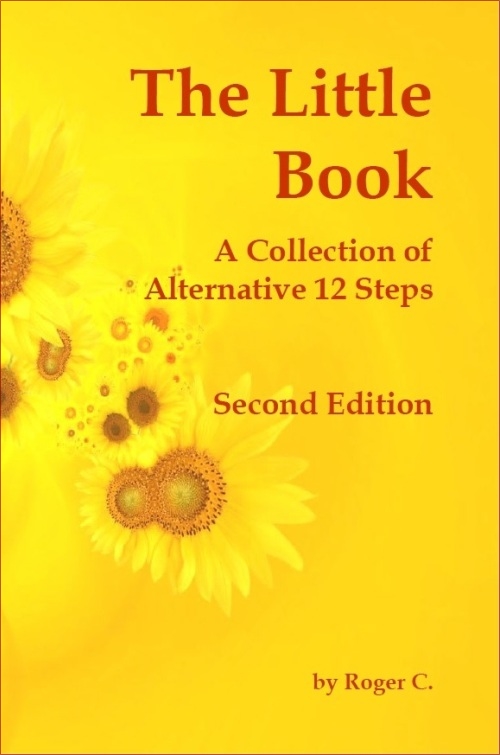

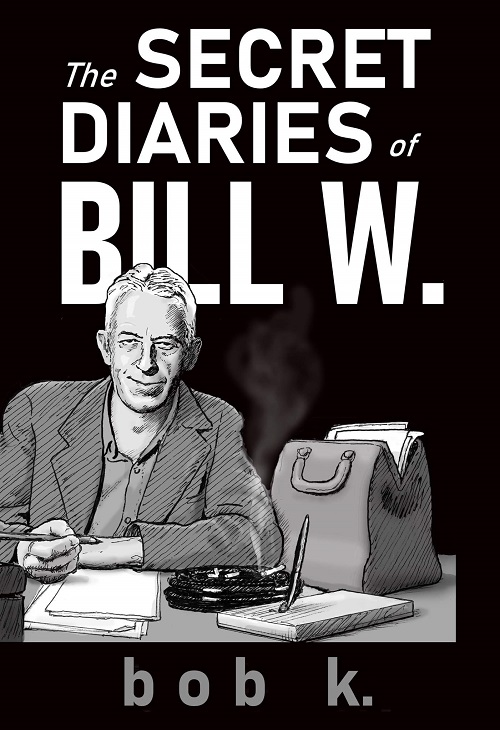

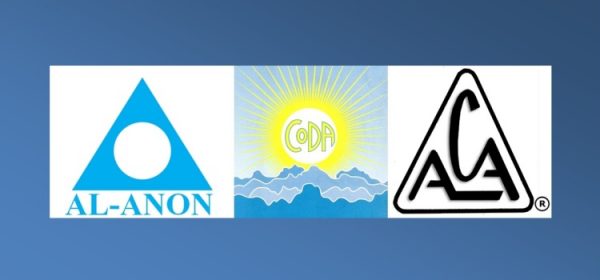

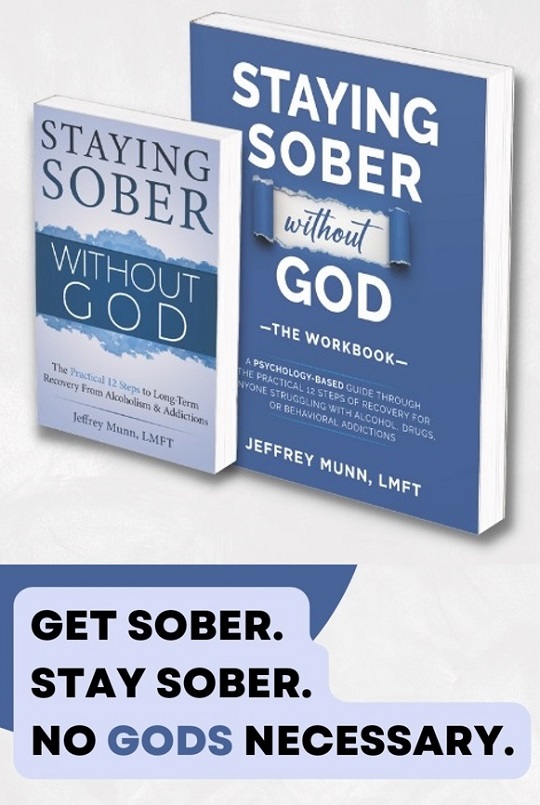
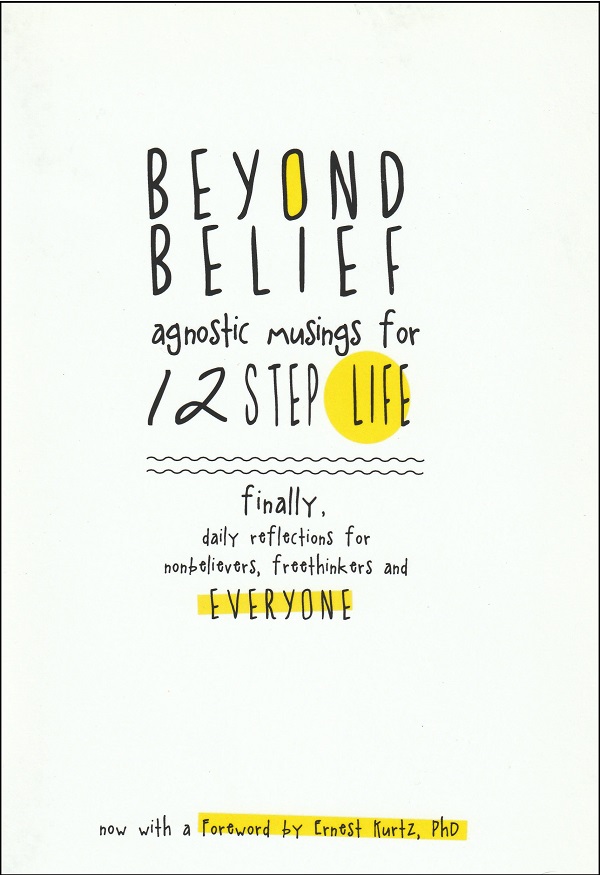

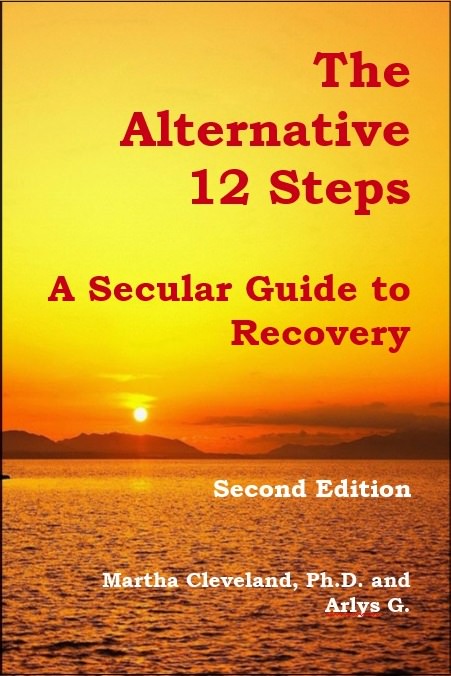
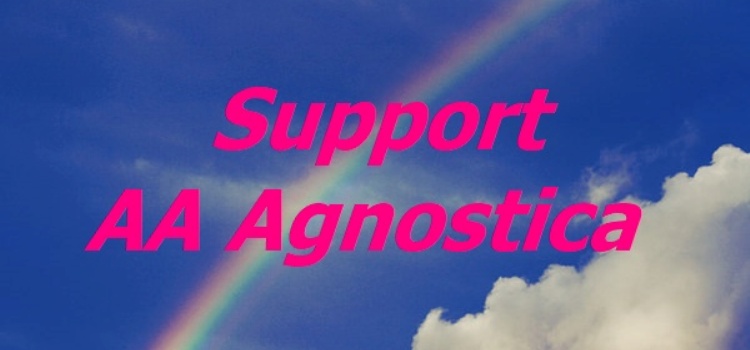


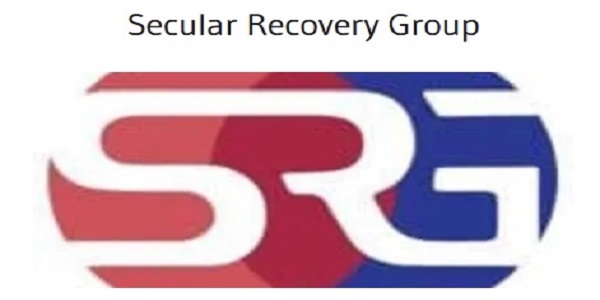
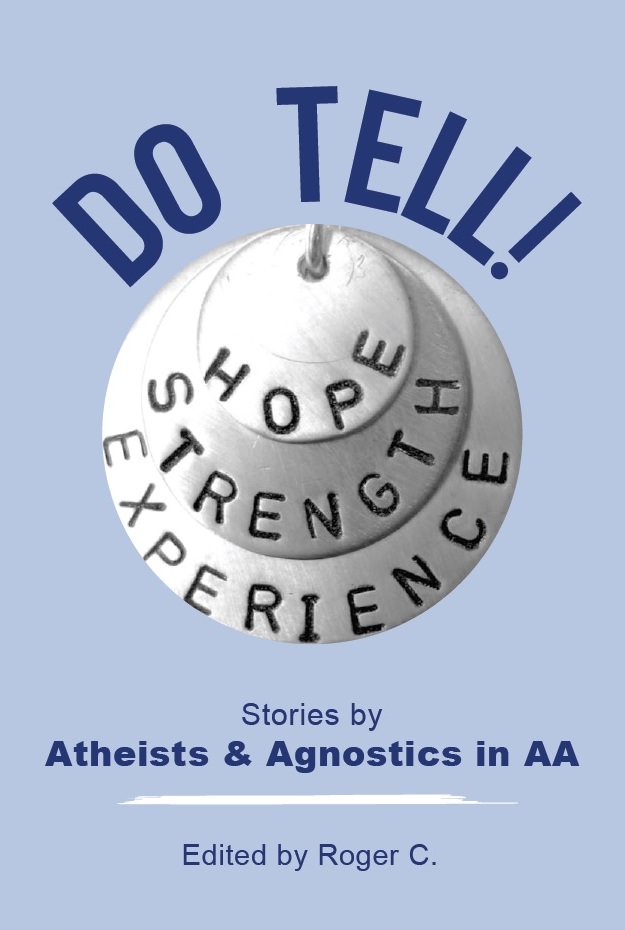
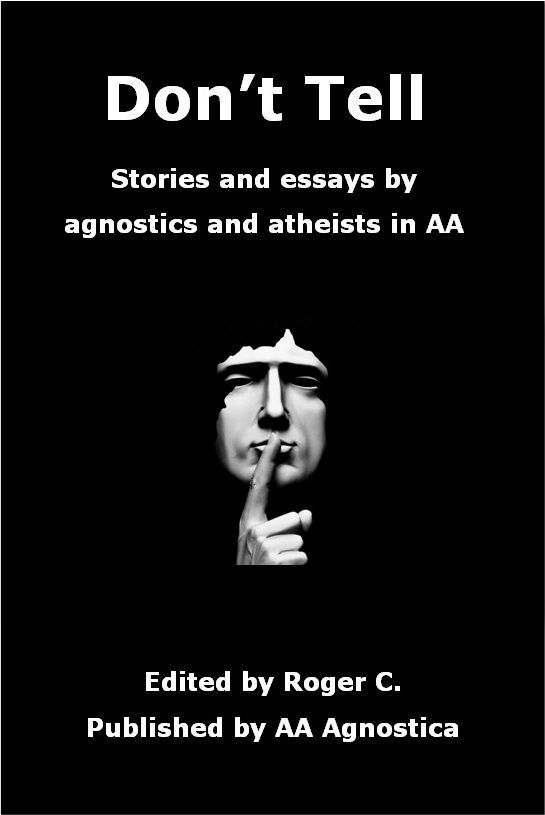


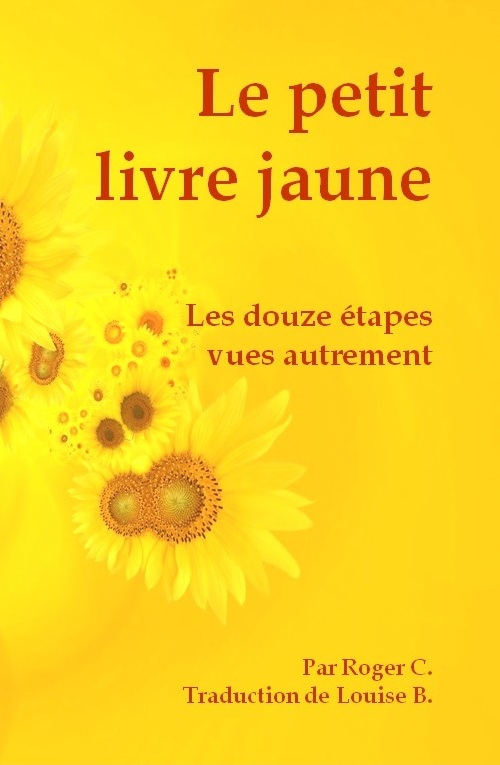



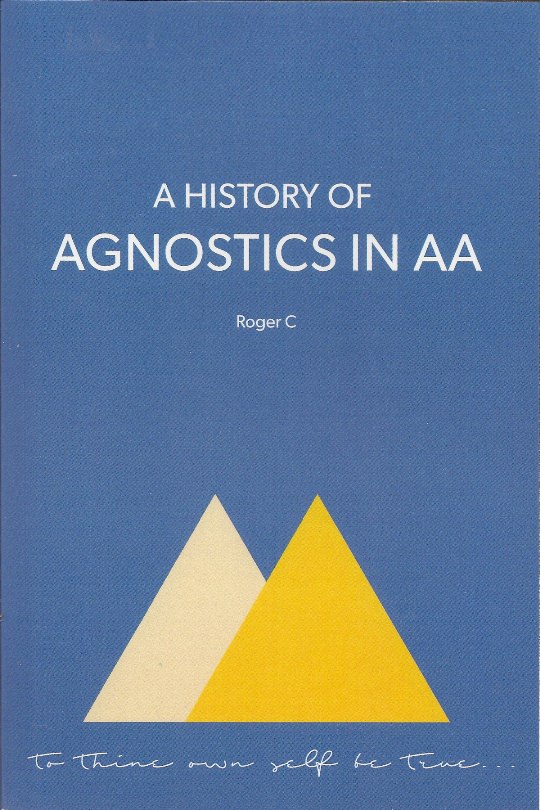
A wonderfully informative article. I was surprised at the involvement of Tom Powers with the LSD experimentation.
I would like to add one more excellent book on this topic. How to Change Your Mind by Michael Pollan. Bill W. is mentioned in this book as well.
Psychedelics and recovery, I am interested in pursuing.
One of many fine contributions to this website by Thomas B.
I’ve researched and written about Bill W.’s experimentation with LSD without coming across several of Thomas’s discoveries. He went deep!! A finely crafted account as usual.
I have almost 10 years of sobriety (next month) and I’m DEEPLY committed to staying sober “one day at a time” for the rest of my life. However, IF I was to ever consider any future mood altering substance use, it might be a VERY controlled setting of particular psychedelics. It would need to be in a very safe setting with very regulated substances from very reputable sources and even then I probably wouldn’t. Again, I most probably wouldn’t and won’t but these would be the only circumstances I’d even CONSIDER it.
Bill had a motive for trying LSD. What would be yours? I’m curious.
Hi, Bobby. My motive would be for the experience. I was pretty much just a drinker (thankfully) with few other substance experiences. Just a few underwhelming experiences with pot. Psychedelics are the only other substances I’ve ever been curious about because of their particularly mind-expanding possibilities. Most people I’ve ever talked to about them have had positive experiences. However, again, for me it would need to be almost the perfect alignment of circumstances for me to feel safe enough to try it. Most likely, I’ll live out my life without it, which I’m perfectly happy with.
I just had my 21st sober birthday and agree with Mike and his list of strict prerequisites (my words not his) that would make me consider using something like LSD. Prior to AA (and twice during my sobriety) I wondered if such a substance could help me with PTSD and trauma from abuses. My motive was, with psychotherapy, to find a release and relief from the emotional pain I was carrying. But, there was so much LSD controversy, so many extreme opinions and no one seemed to speak level-headed enough about LSD, for me to trust it. So I stayed clear of it. I was also just plain scared of it – believe it or not, I was afraid of drugs (street or prescribed) – afraid that even under an extremely controlled and safe environment, the drug would kill me because my panic disorder could not handle it; that I would have the ultimate and non-reversible bad trip.
When I came into AA I remember hearing discussions, sometimes heated, about Bill using LSD. Some people were disappointed in him because they believed by using LSD, he had slipped and was not living a sober life (or technically sober). Others believed the stories were lies, Bill was a saint, or he only did it once for the good of AA. I’ve learned the hard way not to make anyone the end all be all, the perfect “Jane” or “Joe.” When I do, I know it right away because I’ve slipped into feeling being let down or disappointed by an individual…van individual I’ve put upon to have all the right answers. In essence, the answers to all MY problems. As I become more knowledgeable of our AA history and the outside world, I’m recognizing that it is filled with imperfect people from all backgrounds. Finding my spiritual awakening, where I can release or even have a peaceful life even with trauma, where I can feel a great sense of empathy and compassion – you’d have to work your butt off to convince me it’s in a pill. I believe its somewhere else, and AA gives me the freedom to seek it because I’m not drowning in alcohol or other compulsive behaviors. And for me that “it” is not god, it has no name and it is not tangible.
Thank you for the reminder that Bill’s journey is his and none of my business. And my journey is mine, still unfolding.
Interesting the use of Belladonna and LSD in Bill W’s life, which can affirm that there are options to obtain sobriety that just don’t scream ABSTINENCE, 12 STEPS, SPONSOR. In my opinion, any person seeking sobriety from alcohol/drugs or other life-threatening addictions has the Freedom of Choice to pick their own path without having to apologize to AA or stop taking prescribed medications for diagnosed co-occurring mental health conditions as traditional AA has demanded. American’s culture/society/treatment field has evolved to meet current needs but there is still a LONG way to go before prevention/addiction/recovery/maintenance is adequately addressing ALL UNDERLYING SYMPTOMS. Traditional AA and Secular AA needs to evolve and expand and communicate better around all topics AA as the meetings have been getting old, repetitious, and cliquey.
Y’all AAs can wax philosophical all you want about the uses of various drugs to open up spiritual and therapeutic doors, in controlled and proper set and settings of course. Meanwhile we in NA have already run that shit into the ground, and used and misused acid and every other drug in all the right and wrong ways possible. All of which underscores that our problem is not a specific substance, but a condition we call addiction. So by all means, if you ain’t done it then consider taking some. But know that it can only show you so much.